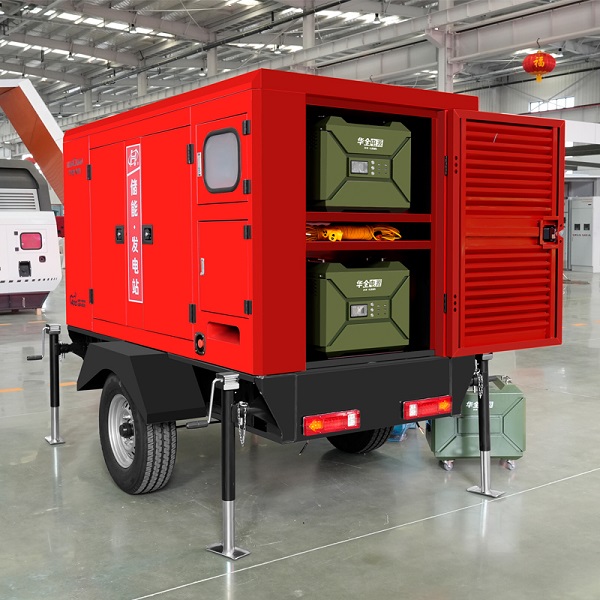A power storage station plays a vital role in modern energy management, ensuring stable electricity supply during peak demand or grid disruptions. Here’s a guide to maximizing its utility:

1. Initial Setup and Configuration to Use a Power Storage Station
Site Selection: Install the power storage station in a well-ventilated, temperature-controlled environment to prevent overheating.
Grid Integration: Connect it to renewable energy sources (e.g., solar panels) or the main grid for seamless charging/discharging.
2. Operational Best Practices to Use a Power Storage Station
Load Management: Prioritize critical loads (e.g., hospitals, data centers) during outages by programming the power storage station to allocate power efficiently.
Scheduled Charging: Charge during off-peak hours to reduce costs and strain on the grid.

3. Maintenance and Safety to Use a Power Storage Station
Regular Inspections: Check battery health, wiring, and cooling systems monthly to ensure optimal performance.
Safety Protocols: Follow manufacturer guidelines to avoid overcharging or deep discharging, which can shorten the system’s lifespan.
4. Advanced Applications
Microgrid Support: Pair the power storage station with local renewable sources to create a self-sufficient energy network.
Emergency Backup: Test backup functionality quarterly to guarantee reliability during crises.
By adhering to these steps, users can enhance the efficiency and longevity of their power storage station, contributing to sustainable energy resilience.
Huaquan official website:https://www.huaquanpower.com/
Weifang, shandong province, China 中国 山东。潍坊